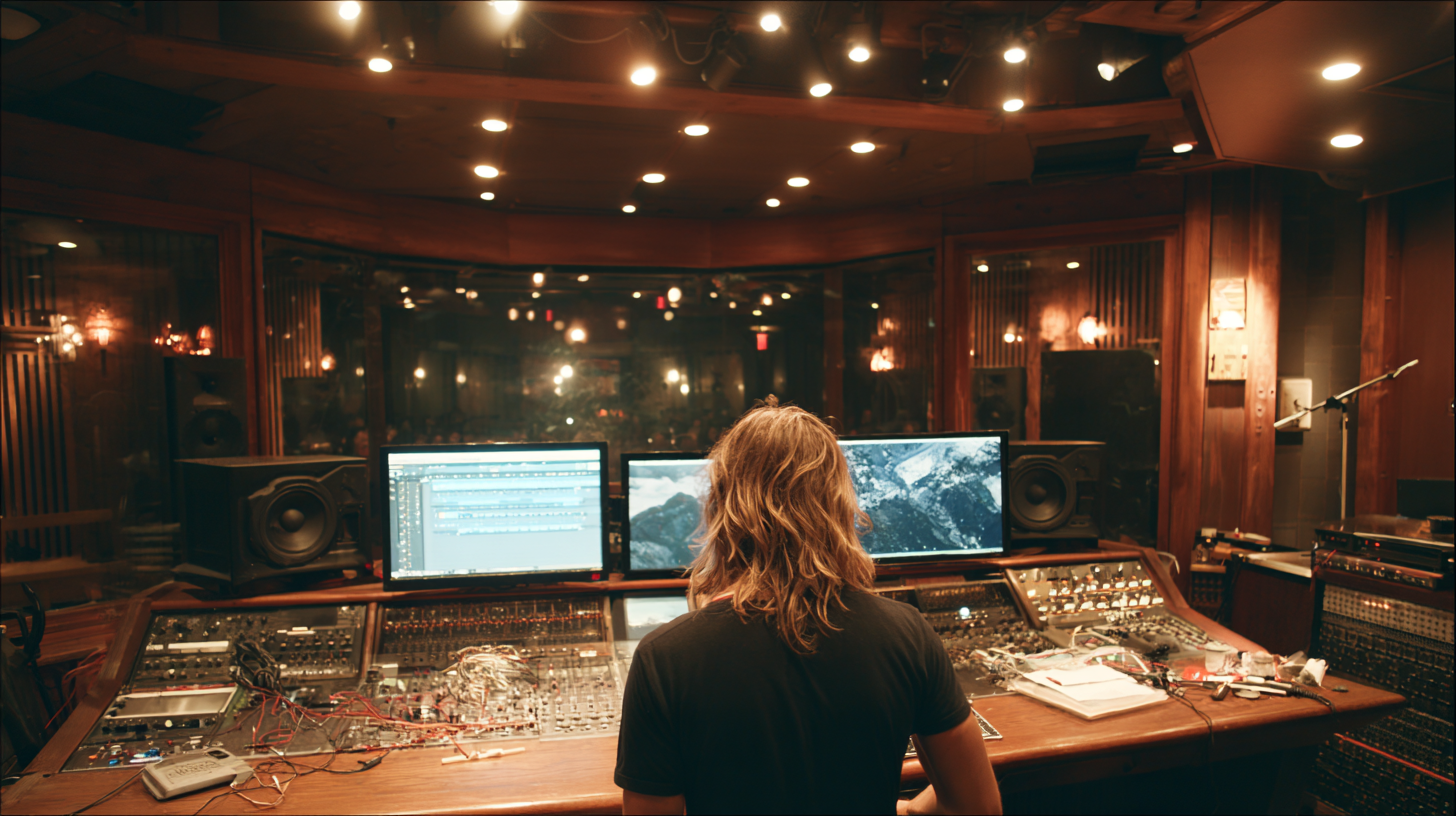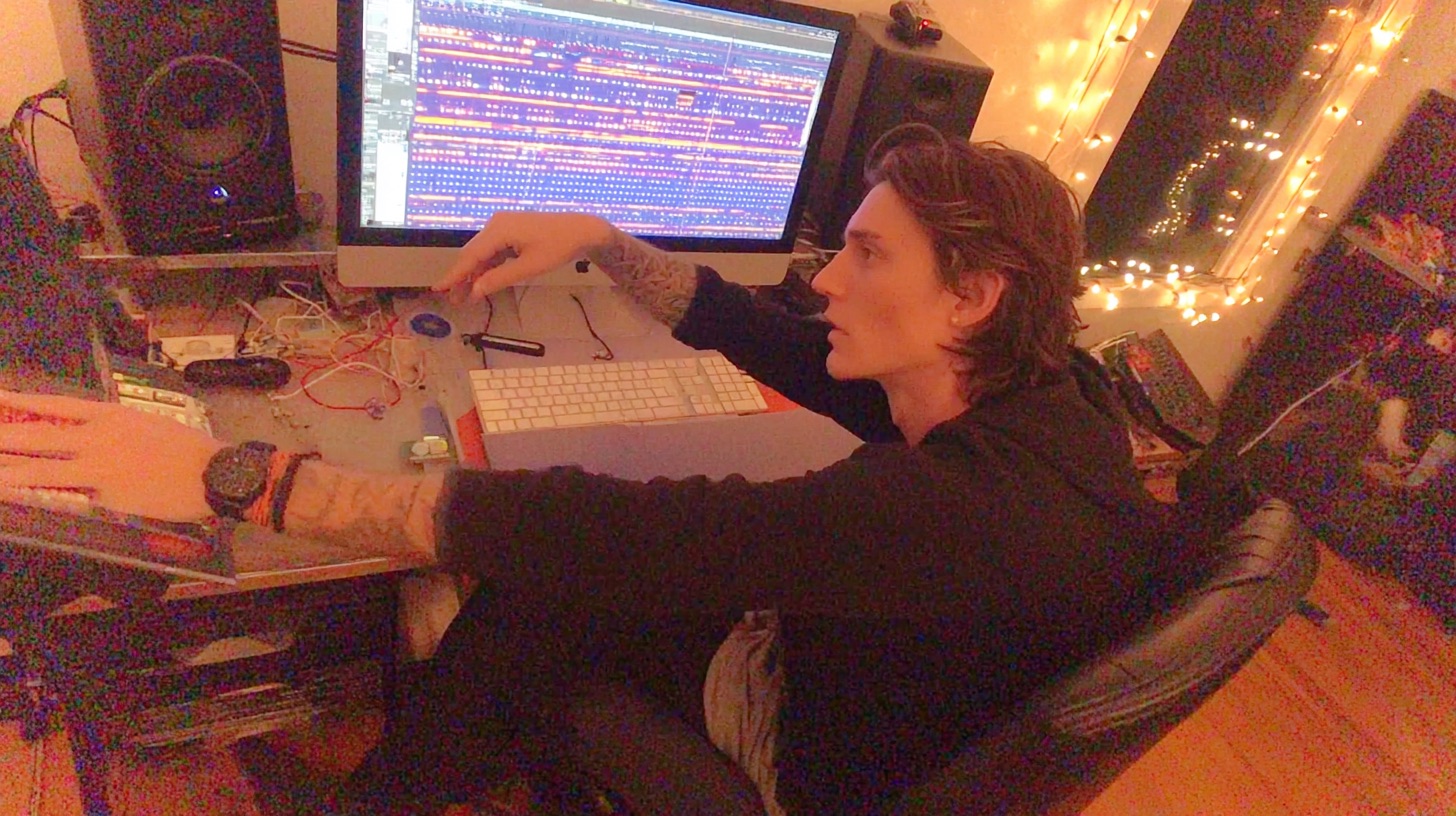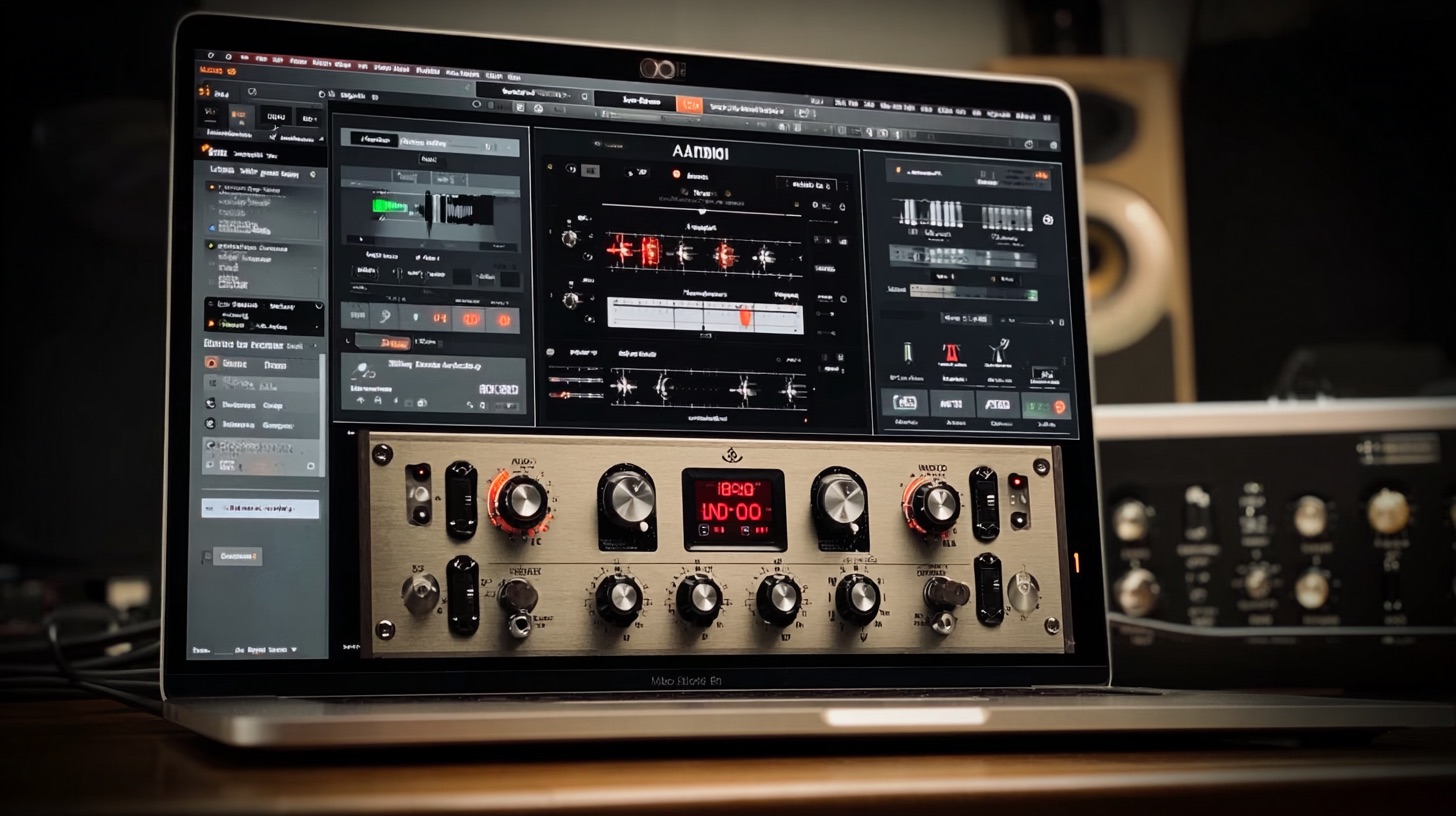
Mixing Suicide Silence: Deconstructing Machine’s “Wake Up” Multitracks
Nail The Mix Staff
Let’s talk about iconic metal tracks. Suicide Silence’s “Wake Up” is one of those songs—a brutal, perfectly crafted piece of metal history. When you find out that the legendary producer Machine was behind the glass for it, things start to make even more sense. We got an exclusive look inside the massive 59-track session, and the production approach is a masterclass in creative commitment and raw power.
Forget what you think you know about standard metal production. This session breaks the mold with bold choices in guitar tracking, drum recording, and vocal performance that are absolutely brilliant. Let’s dive into the raw multitracks and see how this beast was built.
The Art of Commitment: Why These Tones Have No 'Undo' Button
The first thing that jumps out is a decision that takes serious guts: the guitars were recorded without any DIs. That’s right. Machine and the band committed to every single tone at the source. In an age where re-amping and endless tweaking are the norm, this is a power move.
It means they knew exactly what they wanted the song to sound like before they even hit the mix stage. The producer's job was to deliver a fully-realized vision, not a folder of options. It’s a refreshing approach that puts the focus back on capturing killer sounds from the get-go. For the mixer, it means your job is to balance and enhance these incredible, pre-defined tones, not build them from scratch.
Weaving a Wall of Sound: Deconstructing the 'Wake Up' Guitars
With a philosophy of commitment in place, the guitar production is where things get really wild. This isn’t just a simple left-right-quad setup; it’s a dynamic tapestry of different tones stacked and arranged to make each section hit with its own unique character.
More Than Just Quads: Layering Tones for Maximum Impact
The foundation is a pair of super-brutal, scooped rhythm guitars that provide the core sound. But the layering is where the genius lies.
- The Chug Layers: For certain chugging riffs, a separate quad-tracked performance comes in. This tone has more upper-midrange bite, designed specifically to add aggression and clarity to the palm mutes. On top of that, there's another pair of tracks labeled "Rhythm Guitar Mids" that brings in even more filth and texture just for those parts.
- The Tonal Shift: By using different tones for different riffs, the song avoids the monotony that can sometimes plague metal tracks. Each time a new guitar layer enters, it shifts the sonic landscape and recaptures the listener's attention. This is a pro move that makes the track feel dynamic and exciting from start to finish.
Textural Tricks and Brutal Breakdowns
The layering doesn’t stop with rhythms. The session is full of clever textural elements that add tension and weight.
- Dissonant Tension: On the right side, a dissonant, tremolo-picked lead part adds a sense of unease and chaos that works perfectly against the main riffs.
- The Sledgehammer Section: The breakdown hits with an absolutely disgusting, sludgy octave guitar tone that sounds like a doom metal band crashed the session. It’s a "10-ton sledgehammer of brutality" that transforms the energy of the track.
Mixing this many guitar tracks is a serious challenge. It demands surgical automation and precise EQ strategies for mixing modern metal to ensure every layer has its place without turning the mix into mud.
Building a Natural-Sounding Beast: The Drums of 'Wake Up'
Just when you think the production couldn’t get more unique, you get to the drums. In a genre where sample replacement is almost a given, Machine went to incredible lengths to capture a powerful, 100% real drum sound.
A Hybrid Approach to Avoid Samples
The drum recording was done in two separate passes. First, the overheads, snare, and toms were recorded from a live performance. Critically, there's no kick drum bleeding into these mics, making them incredibly clean. The kick drums were then programmed separately. This hybrid approach gives you the raw, human energy of a live kit with the flawless power and isolation of programmed kicks.
A Universe of Snare Layers
The iconic snare sound in "Wake Up" isn't from a single sample; it’s a composite of multiple, meticulously recorded layers. Here’s a peek at what’s in the session:
- Snare Top & Bottom: The core acoustic sound.
- Top Distortion Gate: An extra layer of grit and aggression.
- A "Bat" Sample & "Transient Designer" Track: Used to shape the attack and crack of the snare.
- Key Spikes: A track used specifically to trigger gates with perfect accuracy.
- Snare Room High & Snare Gun: Multiple ambience layers for controlling the space and tail of the snare.
This approach gives the mixer total control to blend the perfect amount of body, crack, and reverb without ever having to leave the original performance behind.
Clean Cymbals and Nuanced Kicks
The attention to detail continues with the cymbals, which feature dedicated spot mics for two Chinas, a ride, hi-hat, and two splashes. All of these are perfectly gated and sound incredible even with no EQ.
For the kicks, the programming goes beyond a simple one-shot sample. It uses alternating left and right foot samples to mimic the subtle tonal differences that occur when a real drummer plays a double-kick pattern, adding a layer of realism you can feel.
Vocals as an Instrument: Mind-Blowing Mic Techniques
The final piece of this production puzzle is the vocals, and the technique used here is mind-blowing. Instead of just setting up a mic and hitting record, the vocalist and Machine manipulated the sound at the source by using different mic cupping techniques for different parts of the song.
Think about that. For a high scream, the vocalist might hold the mic one way. For a low growl, they might cup it completely differently. If you’ve ever cupped a dynamic mic like a Shure SM7B, you know it radically changes the frequency response, boosting the low-end and altering the entire character of the sound. They used this physical technique as a form of real-time EQ and filtering, creating a diverse range of vocal tones that were baked in during the recording. It's an unheard-of level of detail that shows how every single element of this track was intentionally crafted.
Mix Suicide Silence’s "Wake Up" Yourself
Reading about these production secrets is one thing. Getting your hands on the raw tracks and mixing them yourself is another.
These exact, brilliantly produced multi-tracks are available right now when you join Nail The Mix. You don’t just get the files; you get to watch a livestream where Machine himself opens up this session and mixes "Wake Up" from scratch, explaining every move he makes. It's an unparalleled chance to learn from a master and see how a pro tackles such a complex and creative session.
If you’re ready to go even deeper with your audio education, you can unlock your sound with our Fast Track series, which provides hundreds of hours of deep-dive tutorials on core concepts like compression and EQ.
This is your chance to step into the producer’s chair and put your own spin on a legendary track. Download the "Wake Up" multitracks and start mixing today. Happy mixing
Get a new set of multi-tracks every month from a world-class artist, a livestream with the producer who mixed it, 100+ tutorials, our exclusive plugins and more
Get Started for $1






